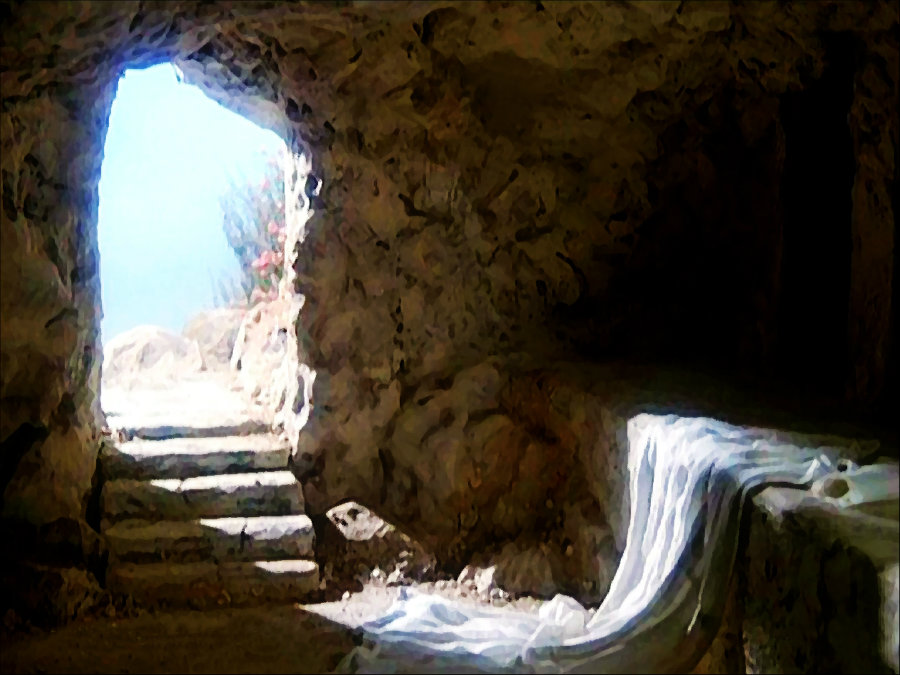A Folded Napkin? (John 20:7)
Asher Chee |
John 20:7 KJV And the napkin, that was about his head, not lying with the linen clothes, but wrapped together in a place by itself.
During the Easter season, we may encounter an anecdote which explains why the “napkin” in Jesus’ tomb was “folded” after his resurrection (John 20:7 KJV). Here is an example of the anecdote as it was circulated in an e-mail chain:
The Gospel of John (20:7) tells us that the napkin, which was placed over the face of Jesus, was not just thrown aside like the grave clothes. The Bible takes an entire verse to tell us that the napkin was neatly folded, and was placed separate from the grave clothes. Was that important? Absolutely! Is it really significant? Yes!
In order to understand the significance of the folded napkin, you have to understand a little bit about Hebrew tradition of that day. The folded napkin had to do with the Master and Servant, and every Jewish boy knew this tradition. When the servant set the dinner table for the master, he made sure that it was exactly the way the master wanted it. The table was furnished perfectly, and then the servant would wait, just out of sight, until the master had finished eating, and the servant would not dare touch that table, until the master was finished.
Now if the master were done eating, he would rise from the table, wipe his fingers, his mouth, and clean his beard, and would wad up that napkin and toss it onto the table. The servant would then know to clear the table. For in those days, the wadded napkin meant, “I’m done”. But if the master got up from the table, and folded his napkin, and laid it beside his plate, the servant would not dare touch the table, because...
The folded napkin meant, “I’m coming back!”
He is Coming Back!
However, there are a few problems with this anecdote.
Firstly, the anecdote mentions a “Hebrew tradition of the day” about the significance of a folded napkin during a meal. However, there is no evidence at all that this tradition even existed. It is not found anywhere in all Jewish literature. This contradicts the anecdote’ claim that this tradition was supposedly so well-known that “every Jewish boy knew this tradition.”
Secondly, the anecdote misunderstands the word “napkin” in the KJV translation of John 20:7. The Greek word for “napkin” is soudarion, which refers to a burial face-cloth. Lazarus had such a face-cloth still on him when Jesus raised him from death (John 11:44). This means that it was not a napkin used that was at meals. Also, the Greek word for “folded” is the verb entylissō, which means to wrap up. This is the same verb used in Matthew 27:59 and Luke 23:53 where it is written that Joseph of Arimathea “wrapped up” Jesus’ body for burial. This means that Jesus’ burial face-cloth was not folded, as the anecdote claims.
Thirdly, none of the characters in the gospel accounts were aware of the tradition mentioned in the anecdote. Again, this would not be the case if indeed it was a widely-known tradition. They did not understand the significance of the “folded napkin” accordingly. Even after she had found the tomb empty with the “folded napkin”, Mary Magdalene still thought that Jesus was still dead, and that someone had stolen Jesus’ body (v. 13). Apparently, Mary Magdalene did not interpret the “folded napkin” in the same manner that the anecdote claims.

